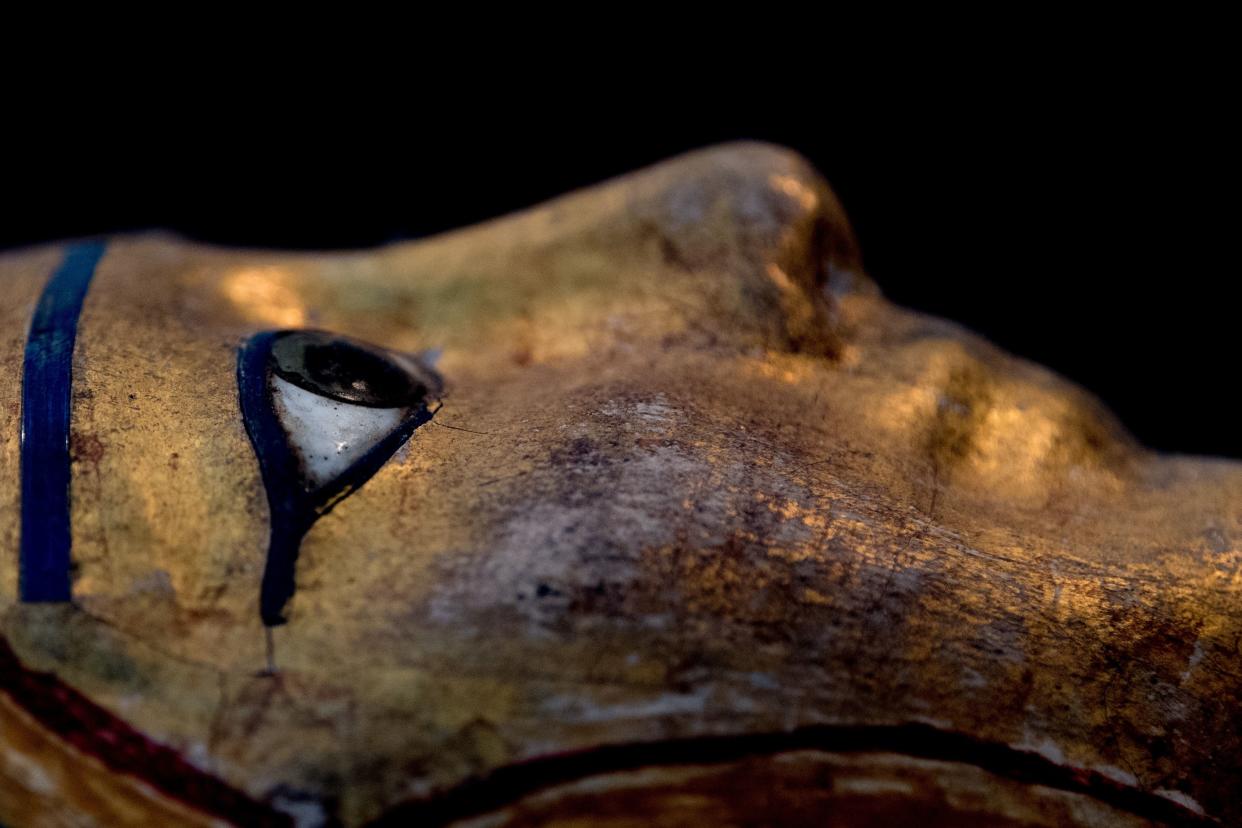It’s a girl! Researchers X-raying ‘male priest’ Egyptian mummy find baby bump instead
Archaeologists X-raying what they thought was the mummy of a male priest were astonished to see that not only was a key piece of anatomy missing, but there was also something extra: a baby bump.
“Our first surprise was that it has no penis, but instead it has breasts and long hair, and then we found out that it’s a pregnant woman,” Marzena Ozarek-Szilke, an anthropologist and archeologist, told The Associated Press of the Egyptian mummy jolt. “When we saw the little foot and then the little hand (of the fetus), we were really shocked.”

The Egyptian mummy dates back to at least the 1st century B.C., researchers said in a paper published Wednesday in the Journal of Archaeological Science, and it’s the first known case of a pregnant embalmed body.
The woman appeared to have been between ages 20 and 30 when she died, and her baby was just a couple of months shy of full term, between 26 and 30 weeks along, or about seven months, the researchers said.
The sarcophagus had been labeled with the name of a male priest, Hor-Djehuti, BBC News reported, when the remains arrived at the University of Warsaw in 1826, courtesy of a donor who said it had been found in royal tombs at Thebes. However, back then it was common for antiquities dealers to name-drop famous places to increase the perceived value of archaeological finds, and looting and rewrapping remains was fairly common, BBC News said.
The coffin’s inscriptions indicated that it contained the priest, but researchers at the Warsaw Mummy Project learned otherwise during a project initiated in 2015, examining remains via scanning technology. And that’s when the “male priest” changed gender. Moreover, they suspect the mummy may date back even further than the 1st century B.C., AP said.
“This is our most important and most significant finding so far, a total surprise,” team member Wojciech Ejsmond of the Polish Academy of Sciences told AP. “It opens possibilities of learning about pregnancy and treatment of complications in ancient times.”
With News Wire Services
